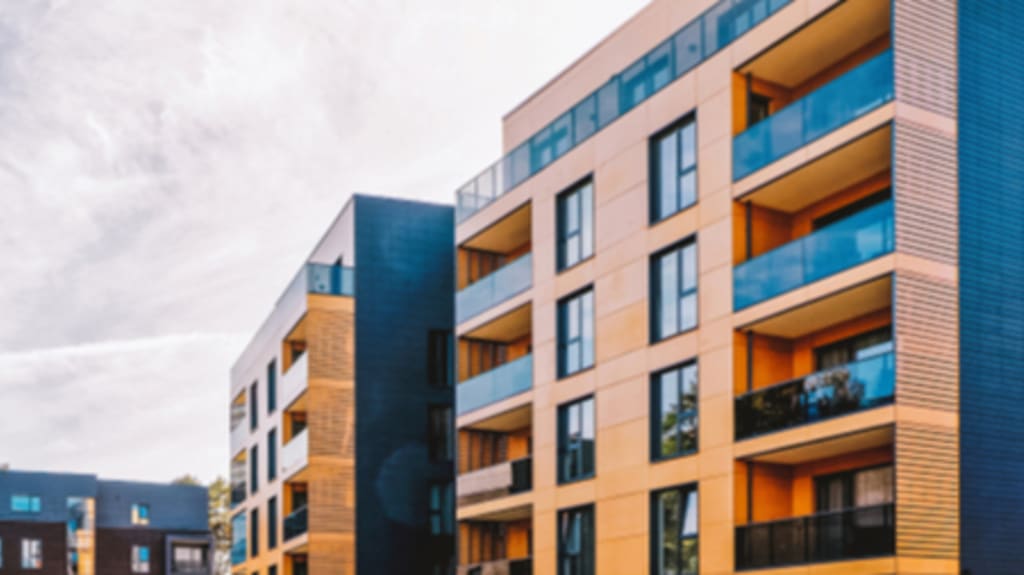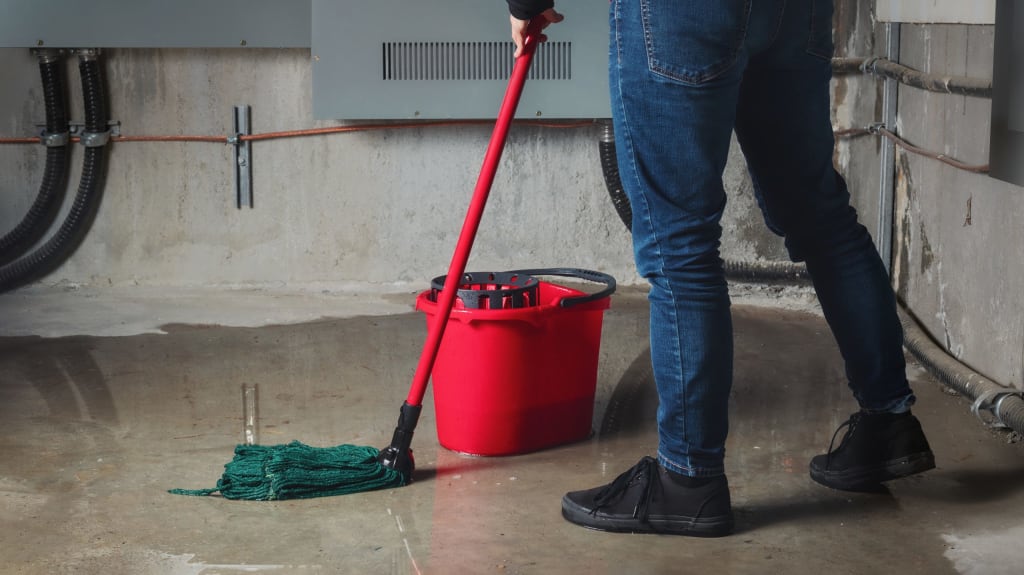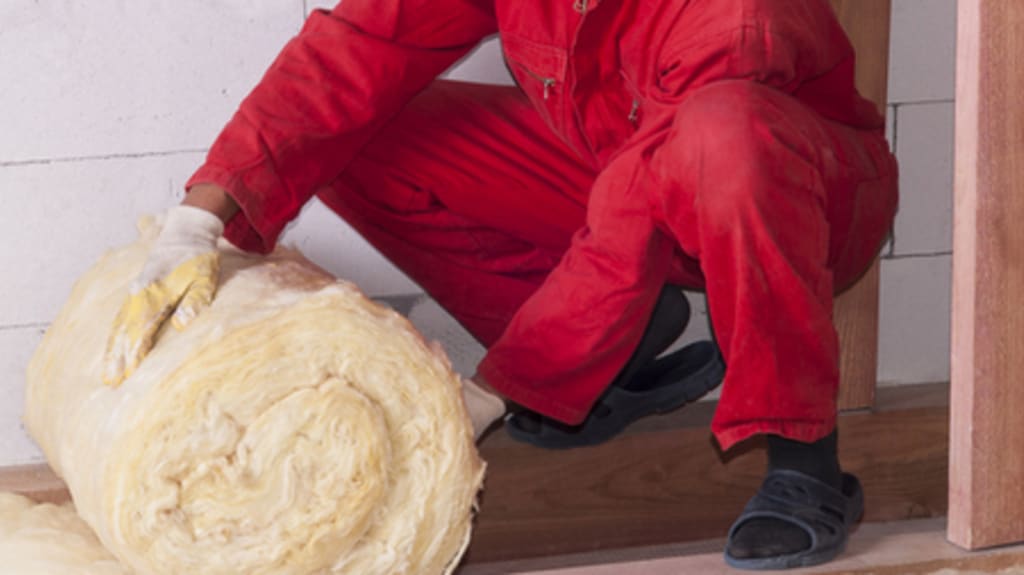Much like other types of home ownership, condo life comes with its own set of pros and cons. A lot of these become more obvious as you start renovating and find yourself running into restrictions based on the space’s classification. This stuff can be a little convoluted, so let’s break down the differences between the three main types of areas so that you can start planning your visions of grandeur for your next condo renovation!
Private area
A private area is just that – a private space that only the co-owner can use. It’s typically made up of the individual lot or unit purchased, but sometimes includes a piece of land (like a small yard) or a parking space. Your particular private area will be outlined in the Declaration of Co-Ownership, in the section that discusses the cadastral plan. You can also find it on your Certificate of Location.
You’re responsible for this portion’s upkeep and have a carte blanche in terms of changes you can make. So, if your goal is to create a Top Chef-worthy kitchen and the ultimate at-home spa bathroom, you can! Even heating, ventilation and air conditioning systems aren’t off limits: you can experience the arctic cold or tropical heat at will.
A condo renovation can not only inject some personality and comfort into your space, but also help increase your condo’s resale value.

Common area
Lobbies, parking lots, stairways, elevators, fitness rooms, gardens… common areas are basically all the spaces in and around your condo building that you share with other co-owners. The roof and exterior cladding are also common portions, as well as central systems, heating, and piping, even when they pass through private portions.
Each co-owner gets a share of all the common areas when they buy their condo unit. Since these areas are owned by a group, you can’t make changes or renovate them unless you get approval from the condo association or the syndicate of co-owners. These groups are also responsible for maintaining common areas, so, if something needs to be repaired, each co-owner is responsible for paying a percentage of the costs.

Common areas for restricted use
Every condo building has areas that fall halfway between private and common. Some of them are tended to by staff or contractors, such as the front desk and electrical room, while others can only be accessed with a reservation or an entry card during specific hours.
Parking spots, storage units, and your unit’s exterior doors, windows, and balcony are also restricted-use common elements. While you can use them as much as you like, you can’t renovate them unless you get permission from the condo board or the syndicate of co-owners. And, if a restricted-use area needs major repairs or replacements, all co-owners will need to chip in based on what it says in the Declaration of Co-ownership.
When you buy a condo, take note of all the common areas for restricted use. The rules or aesthetic requirements for them may change over time, or they may later be available only to a select few.
Unfortunately, this does mean that you probably can’t install a hot tub or those lovely terrazzo tiles on your balcony, and your front door will have to stay the same colour to match everyone else. Condo boards like to maintain some degree of uniformity so that the building has aesthetic appeal and doesn’t fall into disrepair.

Condo insurance
Co-owners typically deal with two types of insurance. You’ll need to take out a home insurance policy that covers your personal belongings and any improvements made to your condo’s private areas. It’ll typically come with liability insurance, as well.
The second type of insurance is held by the syndicate of co-owners and is paid for by co-owners through condo fees. It covers the building, common and restricted areas, and the original iteration of private areas and provides liability insurance for co-owners and staff. If anything is damaged or if a claim is made, it’ll cover it.
Condo renovation has never been easier!
Home ownership comes with a lot of perks, so make the most of it by creating your own private sanctuary! Whether you’re looking to recreate something from an interior decorating magazine or to refresh your bathroom, our 53-point Verified Contractors can help.
Also, with Bills 141 and 16 about to come into force, common and restricted use areas will need to be better maintained. If you’re a condo board or syndicate of co-ownership member, we can help you update your roof, balconies, and windows. Just reach out to one of our experienced Advisors.
Enjoy the best of both worlds: a private area that reflects your personality and common areas that are aesthetic, well-built, and functional!
Those who represent the syndicate of co-owners can feel free to contact the Regroupement des gestionnaires de copropriété du Québec if they have any questions about co-ownership management.





